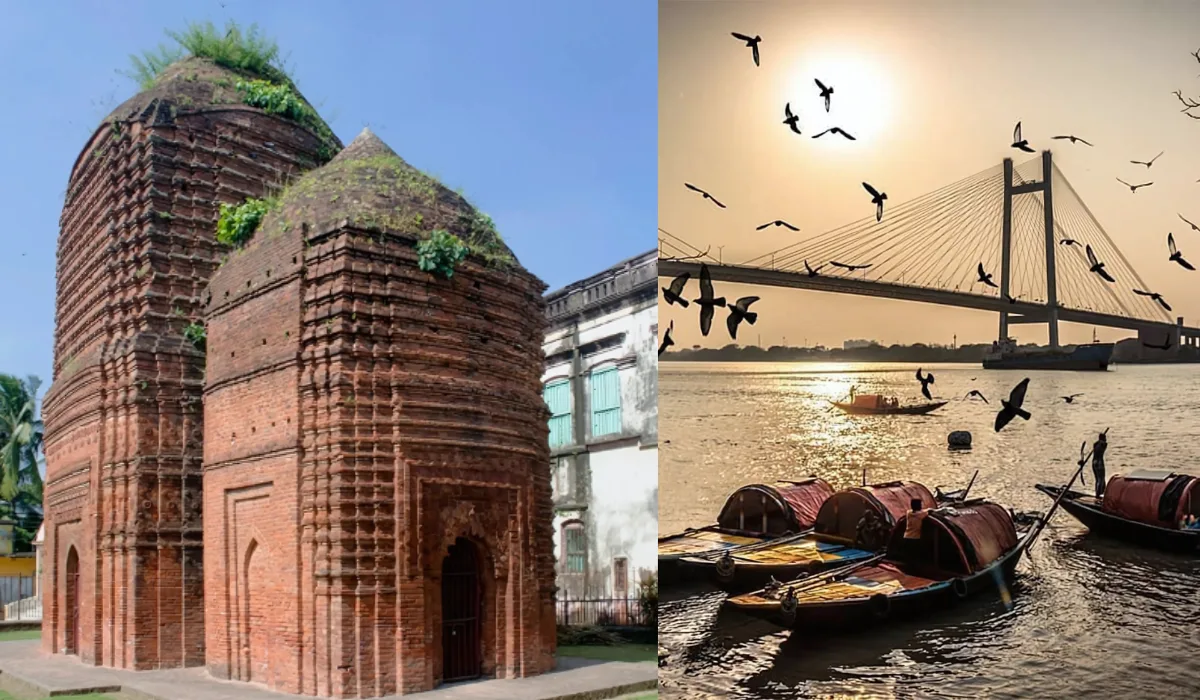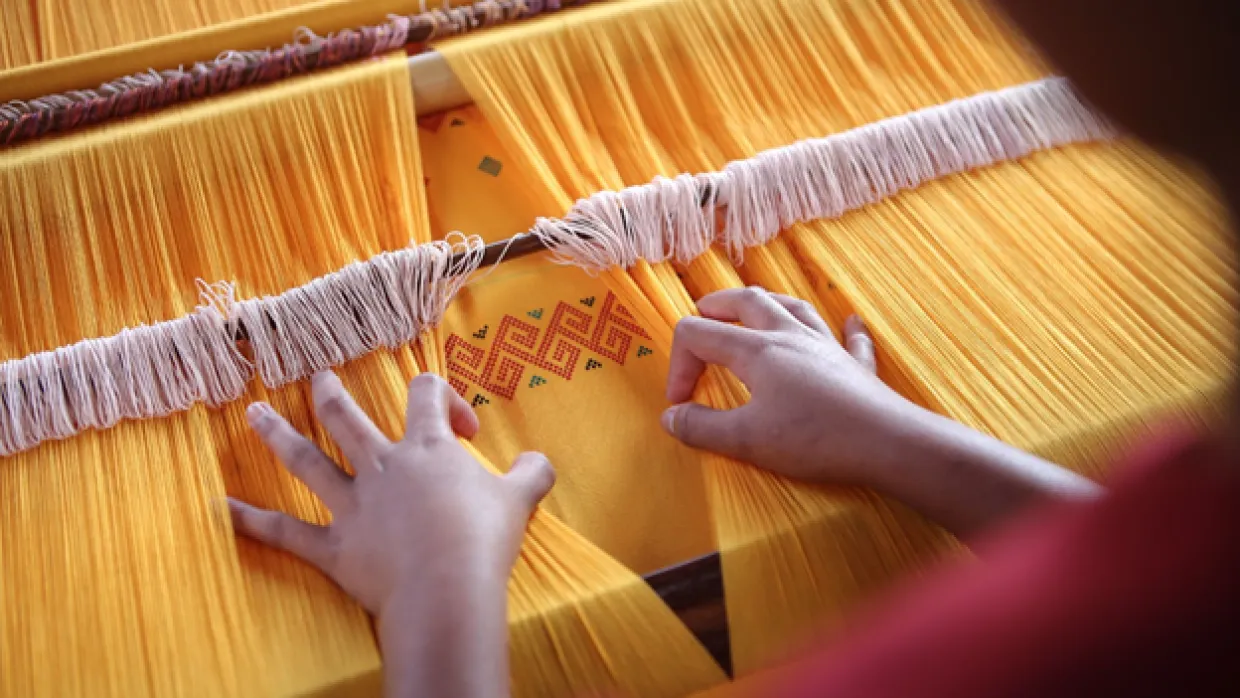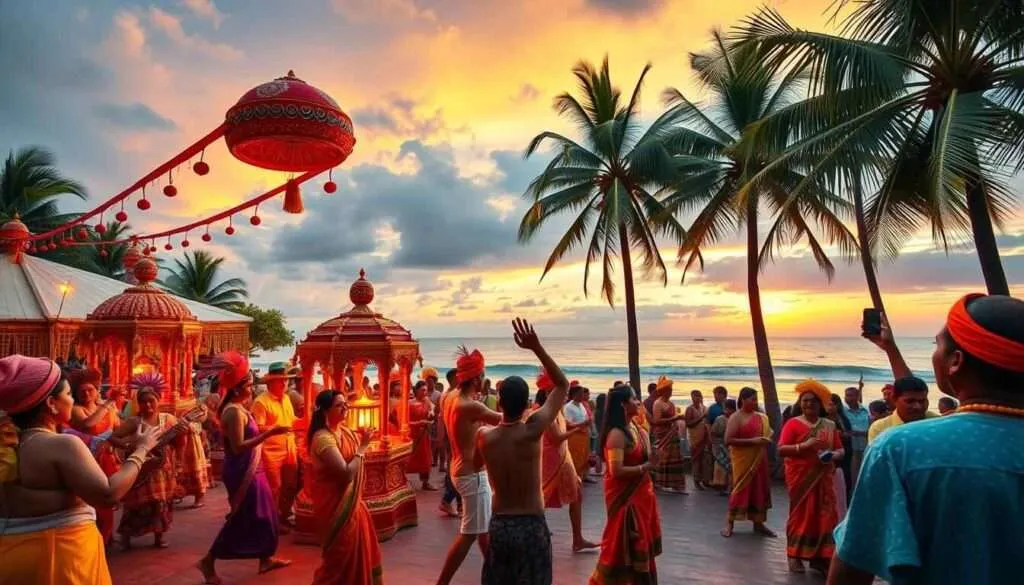Sometimes, the loudest parts of a state don’t make the most noise. Not the highways. Not the politicians. Not the neon signs in the cities. No — the real heartbeat of West Bengal? It’s slow, quiet, and steady. It’s in the villages. Those quiet patches of land. Thatched roofs. Muddy lanes. Smoke rising from cow dung fires. Men in lungis walking to the fields, and old women sitting under mango trees telling stories nobody wrote down. That’s Bengal too. Maybe even more so.
It All Begins with Morning — The Real Kind
Village mornings aren’t like city ones. There’s no buzzing alarms, no microwave beeping. Just nature doing its thing. A rooster screams before the sun shows up. A dog barks, but nobody cares. Smoke from cooking fires starts curling out by five.
Women are already up, sweeping the courtyard, drawing water, yelling at kids to wash up. The smell of wet earth and woodsmoke? It’s strong. It stays in your clothes. There’s peace, yeah, but also movement. Cows tied to neem trees. Chickens already poking around. Life doesn’t wait here — it just goes.
Read also: City of Joy, Village of Peace: Discover the Dual Life of Bengal
The Pond in the Middle
Every village has that one pond. It’s not pretty in a resort kind of way, but it matters. That water holds half the village’s routine. You’ll see a kid swimming on one side, a woman scrubbing utensils on the other. Some old man with a towel tied around his waist brushing his teeth, bent over, spitting like it’s a ritual.
And in the evenings? People come just to sit. Talk. Watch the reflection of trees dance on the surface. That pond knows secrets. Fights. First kisses. Quiet prayers. It’s never just water.
Houses That Aren’t Fancy — But Feel Like Home
Clay walls. Roofs made of tin or dried hay. No gates. No nameplates. Just a door left open during the day and latched at night. Inside, it’s simple — a few mats, some steel utensils, maybe a radio that crackles sometimes. There’s a bari (courtyard) where the real stuff happens. Kids get their hair oiled there.
Rice dries in the sun there. Neighbors gather there when the power goes out — which happens a lot. And behind every home is usually a little patch of green — a garden, or maybe just some tulsi growing in a cracked pot. It isn’t Instagram-ready, but it’s alive.
Food That’s Honest
Nothing here comes from a packet. Not really. Lunch? Rice from the field, dal with mustard seeds, a wedge of lemon, and something fried — maybe eggplant, maybe pumpkin. Fish, if someone went to the haat (market), or better, if it came from the pond.
And sweets? Always. Not every day, but often. Pithe made during winters. Payesh for birthdays. And on good days, fresh nolen gur (date palm jaggery) melted into rice. People don’t eat fancy here. But they eat together. And slowly. That counts.
Read also: Slow Life in Shantiniketan: Where Bengal Breathes Differently?
Festivals Without Filters
You haven’t really seen Durga Puja unless you’ve seen it in a village. No sponsors. No celebrities. Just the goddess — tall, hand-painted, standing in a bamboo pandal decorated with newspaper flowers and banana leaves. Everyone joins in. Even if they can’t afford to give much, they offer time. Labor. Songs.
Someone brings a drum. Kids practice dances for a week. And when the bhog (offering) is cooked, everyone eats — sitting on the ground, scooping rice and sabzi with their fingers, laughing, sweating. Even the smaller days — like Saraswati Puja or Poush Sankranti — feel like something out of a book. A warm one.
Music That’s in the Air
You don’t need a speaker here. Some farmer hums an old tune while walking through the paddy. A woman sings while grinding spices. Sometimes a Baul shows up — long hair, ektara in hand, voice like cracked honey. They sing about love. Longing. God. The body. The soul. Nobody claps.
People just listen. It stays with you. Like something unfinished. And then there are stories. Hundreds. Some from the Ramayana, some made up five minutes ago. Grandmothers tell them as if they lived it. And kids? They believe every word.
Hands That Make, Not Take
Craft is everywhere. Not because of art school. Because it’s life. Women sit for hours stitching kantha — quilts made from old saris, stitched with stories. Men carve wooden ploughs or weave baskets. Some mold clay into lamps. Nothing perfect. All beautiful. It’s not for show. It’s for use. And sometimes for sale — during village fairs or when someone needs money for medicine. But it’s always handmade. Always full of quiet pride.
Read also: Kailash to Kashi: Ancient Temples and Sacred Rituals of Maha Shivratri
What’s Not Easy
Let’s not pretend it’s paradise. There are struggles. Schools are far. Roads break every monsoon. Good doctors? Rare. Internet? Patchy. Some villages still rely on generators. And young folks? Many leave — for Kolkata, Siliguri, sometimes abroad. They send money. But the village misses their voices. Still the elders stay. The festivals continue. The songs don’t stop.
So What’s Left?
Even now, a stranger walking into the village gets a glass of water. Maybe tea. Maybe lunch. No questions asked. Even now, people sit outside in the evening. Talking about crops. About ghosts. About cricket. Nobody checks their phone every five minutes. Even now, people share. Time. Trouble. Joy. No one’s rich. But no one’s forgotten.
It’s easy to call villages “simple.” Or “backward.” But maybe they’re just... closer to the ground. To each other. To seasons. To the kind of life where people matter more than things. You go thinking you’ll see a different world. But what you feel is something older. Deeper. Like a story that isn’t over yet. That’s the heart of Bengal. Beating slow. Beating strong. Still beating.













